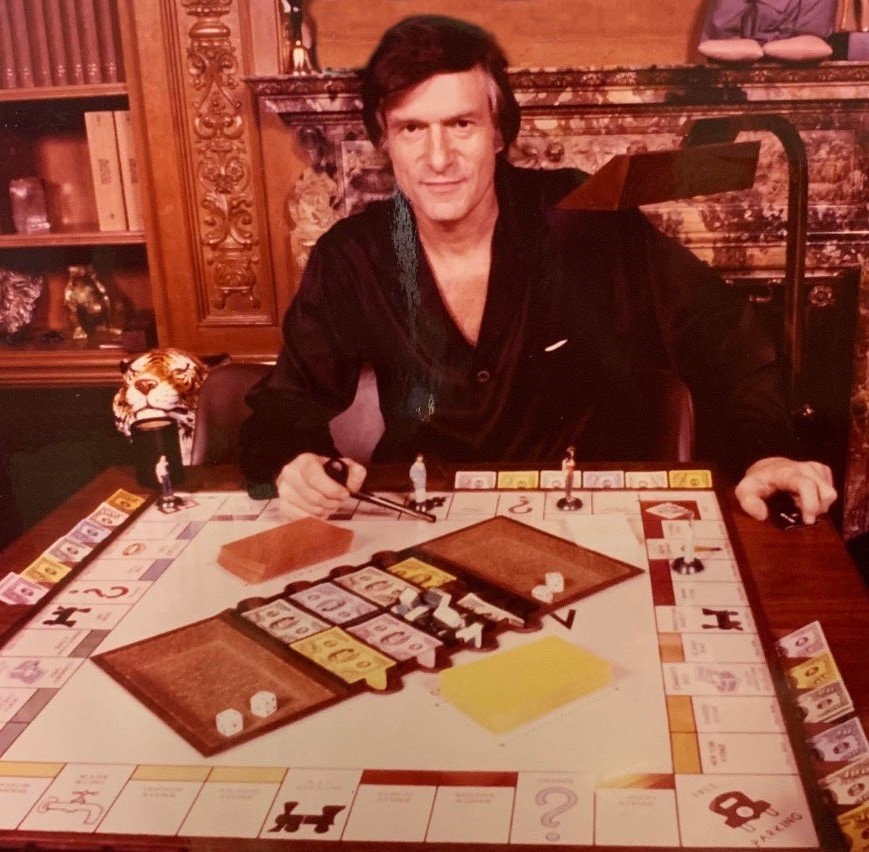

Hugh Hefner's (other) Passion
Hugh Hefner had a lifelong love of games, from classic board games to trivia and puzzles, often weaving them into the social fabric of the Playboy Mansion. He believed games fostered camaraderie, creativity, and intellectual engagement—values that aligned with his vision for the Playboy lifestyle. Hefner hosted regular game nights and tournaments, with Monopoly being a particular favorite, played on a custom oversized board. He was also famously obsessed with backgammon, a passion that extended beyond the Mansion to Los Angeles' exclusive PIPS backgammon club, where he was a frequent and enthusiastic player. His passion for play wasn’t just for fun; it was an extension of his belief in the joy of living well and thinking playfully.
For Hefner, games were more than a pastime — they were a social ritual, a way to connect, compete, and unwind among friends. Whether at the Mansion or out in the city, he surrounded himself with fellow enthusiasts, creating a culture where play was as essential as conversation, music, or style.
Hef's Monopoly Set
In the early 1970s, a bespoke Monopoly set was created exclusively for Hugh Hefner, designed not as a commercial product but as a personal indulgence. The set reflected Hefner’s world in miniature — with custom-designed tokens representing people from his life, Monopoly money bearing his portrait, and hotels modeled after Playboy properties. It was both a game and a conversation piece, tailored to the themes, aesthetics, and figures that defined the Playboy brand at its peak. Crafted with care by professional artists and model makers, the set became a fixture in Hefner’s private gaming and entertainment space.
When Hugh Hefner passed away in 2017, he specified in his will that his personal belongings be auctioned, with proceeds directed to the Hugh M. Hefner Foundation, which supports First Amendment rights and civil liberties. The estate sale included a wide range of items from his life, from furniture and clothing to rare collectibles. Among the most unique pieces was his custom Monopoly table, complete with hand-crafted tokens, personalized game money, and bespoke houses and hotels. The Monopoly set drew significant attention due to its artistry and intimate connection to Hefner’s lifestyle. It was ultimately purchased by a private collector and has remained out of public view since the auction.
An Epic Arena
At the legendary Playboy Mansion, Monopoly tournaments were a regular and much-anticipated pastime—an occasion deserving of a table as distinctive as the setting itself. Hugh Hefner’s custom Monopoly table was designed to meet that need, built as a full-size card table with an oversized Monopoly board seamlessly inset beneath a protective sheet of glass. The board itself is more than 50% larger than a standard Monopoly board, allowing for an enhanced playing experience. At its center, a recessed area was crafted to hold the money tray, flanked on either side by cork-lined dice trays for added functionality and flair.
Despite the custom construction, Hefner opted to preserve the integrity of the classic game. The board retained its original layout, with no renamed properties. However, the increased dimensions of the board did necessitate custom-printed, oversized Chance and Community Chest cards. Multiple card sets were produced to account for wear and ensure a steady supply of replacements.
Encircling the play area, three of the table’s four sides feature a set of six built-in slots—precisely sized to hold players’ custom-printed Monopoly money, with the fourth side providing slots for two players. Although all seven standard denominations were created, internal documentation for staff setup notes that $1 bills were typically excluded from play.
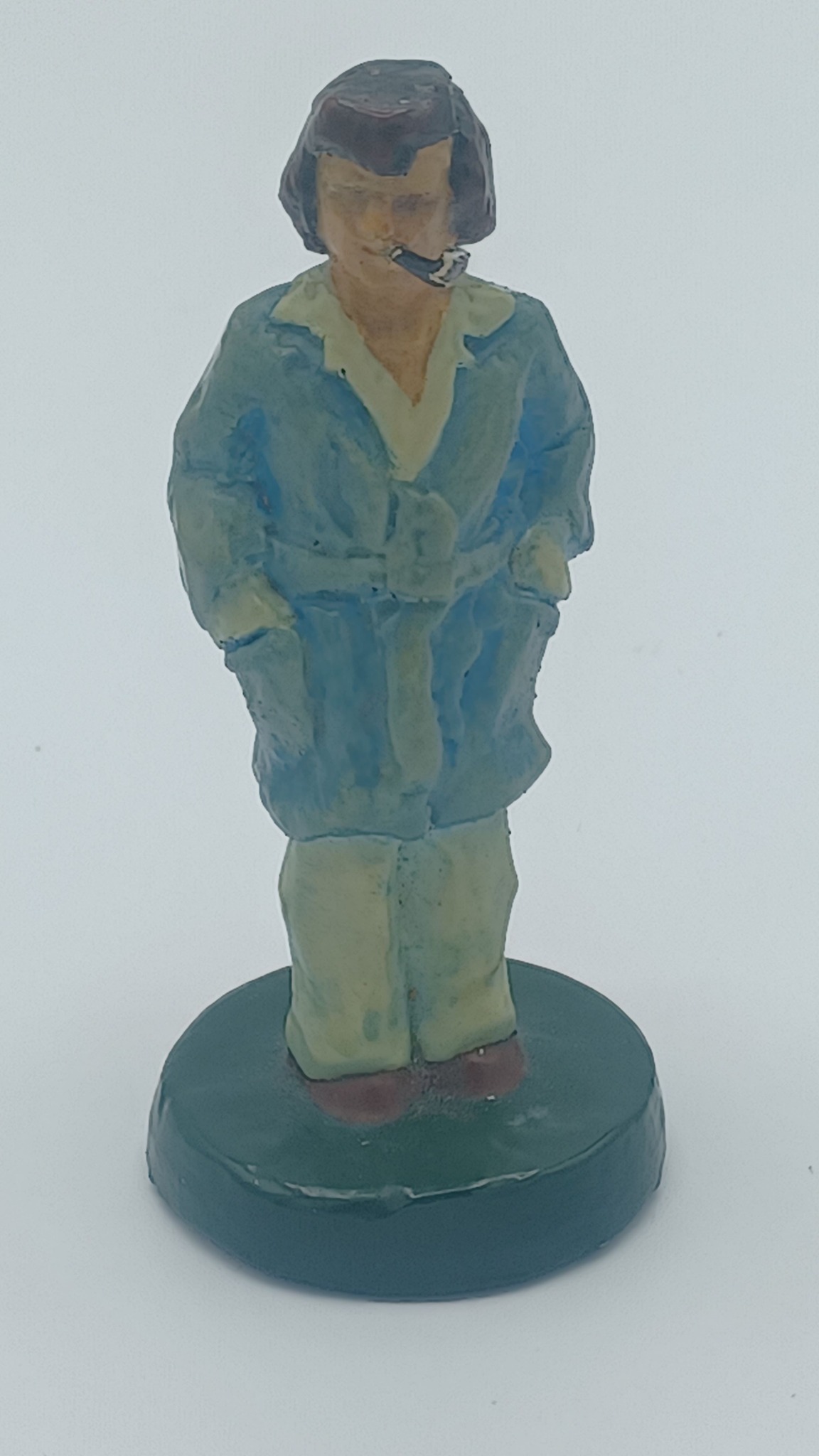
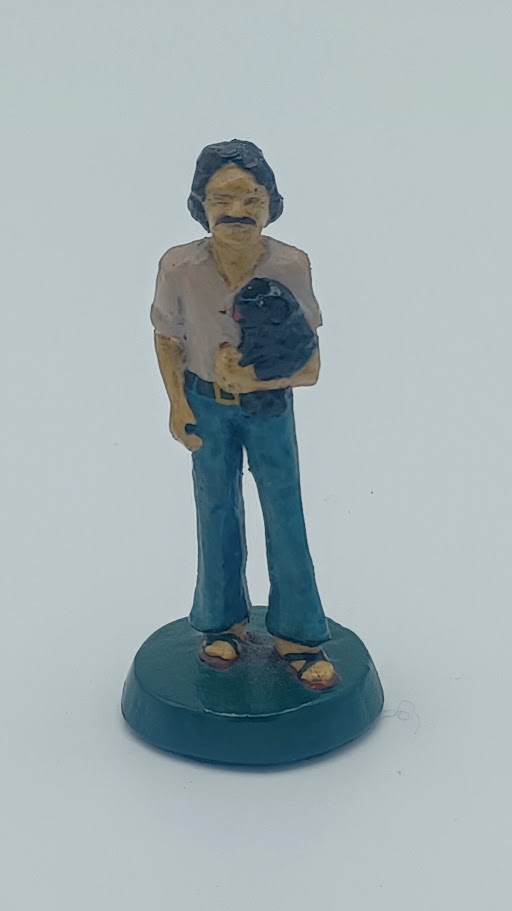
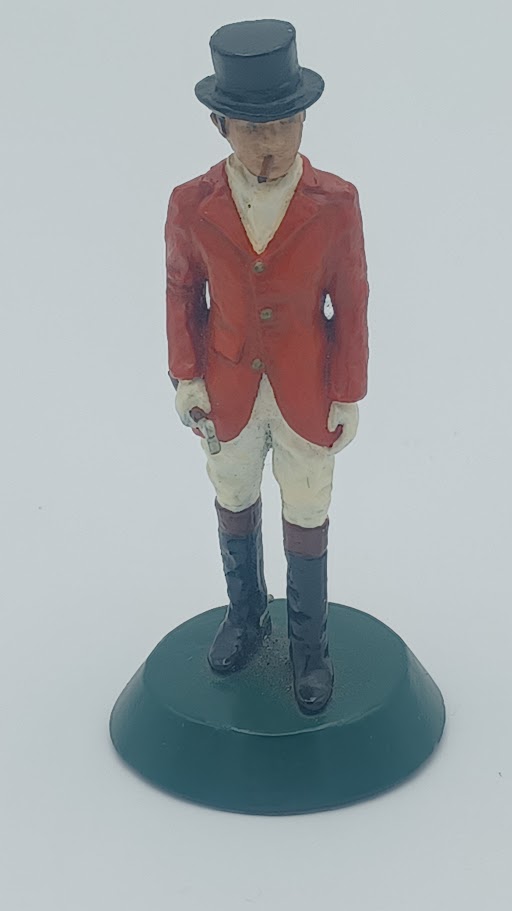
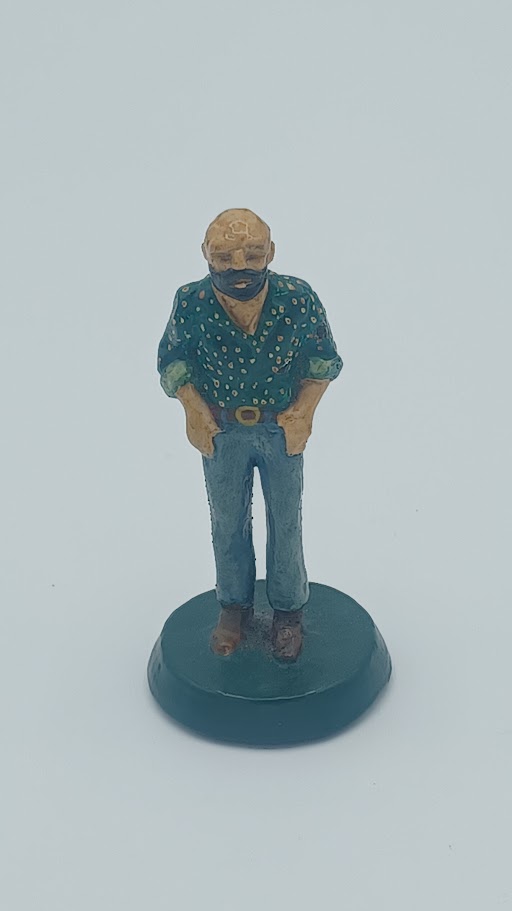
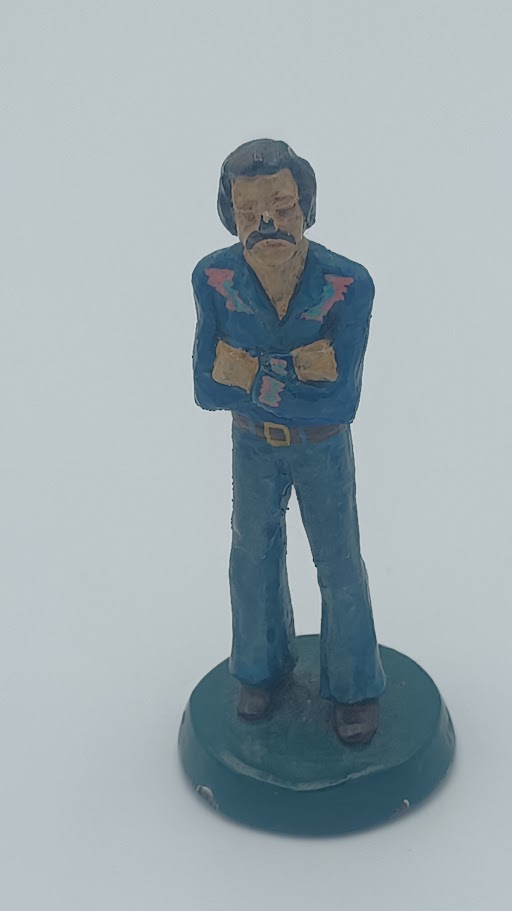
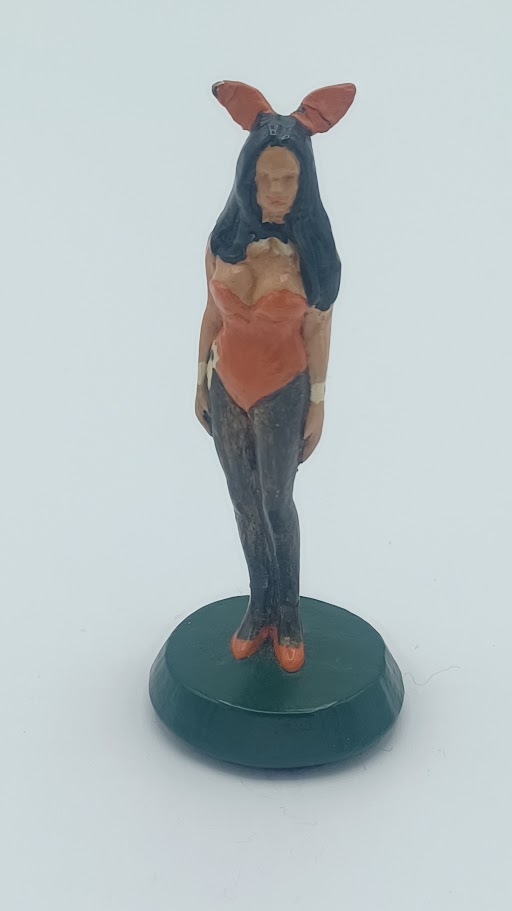
The face of each bill features the visage of the man himself, with the banner OFFICIAL PLAYBOY CURRENCY above. A medallion bearing the Playboy Bunny logo appears on the left, while the one on the right combines a classic Monopoly house and locomotive - an homage to the original game. Denominations are printed in all four corners and below the central image.
Unlike classic monopoly money, Hef's custom money was also printed on the back. The reverse features two oval vignettes: the Chicago Playboy Mansion on the right and the Los Angeles Mansion on the left, each framed by ornate decorative filigree. Denominations are again positioned in all four corners for consistency and balance.
Monopoly games were played so frequently in the Mansion that the custom money had to be constantly replaced due to normal wear and tear. As a result, a substantial amount of reserve money was printed. Since Hefner's passing, many of these unused notes have entered the hands of collectors.
Luxury on the Boardwalk: Hefner's Custom Monopoly Hotels
Hugh Hefner's custom Monopoly set featured uniquely crafted hotels that reflected his personal empire. The early hotel pieces were miniature replicas of the original Playboy Mansion East in Chicago, capturing the stately elegance of Hefner's first iconic residence. As the brand expanded, these were later replaced with models of the Playboy Hotel in Miami, showcasing the sleek, modern glamour of the Playboy lifestyle in its heyday. These custom pieces added a personal and luxurious flair to the classic board game, transforming it into a playful homage to Hefner’s world.